Kitchen remodeling continues in our absence as we have been in Detroit since Wednesday. Tomorrow, we are joining Tour de Troit and will ride a metric century around the city, which should give us a pretty good look at the place. Detroit is fascinating, and because Rachael is in town for a conference on historic tax credits, we have been able to tour a number of old buildings in downtown Detroit that either have been or are now being renovated and restored. There’s a lot of money sloshing around the downtown area, and the developers are in a frenzy of self-congratulation. For much of the rest of the city, the story appears very different.
Yesterday was pretty overcast so I didn’t take many pictures, something I hope to rectify over the next few days. But in the driving around I have done so far, Detroit reveals – and conceals – itself as reminiscent of Brooklyn, Chicago, Cleveland and New Orleans.
For example, the DIY ethic of Brooklyn is strongly represented in the Cass Corridor in Midtown, where Shinola is redefining Made-in-Detroit as artisanal craftwork:
Of all the similarities between Chicago and Detroit (geography, history, economy, ethnicity, etc.), architectural heritage is one of the most apparent. Though not a rival to Chicago in the way New York is, Detroit nonetheless has a number of fine commercial and residential buildings ranging from Victorian to Modernist. (A clear difference from Chicago, however, is that many of Detroit’s old commercial buildings are in need of substantial renovation.)
These houses are in the West Canfield Historic District:
Mies van der Rohe designed a series of townhouses in Lafayette Park:
The Grand Army of the Republic building, erected to provide a permanent meeting place for Civil War veterans, is being extensively and painstakingly remodeled:
Downtown Detroit has some fine old buildings that are coming back to life. This is the Whitney Building:
And the Broderick Tower:
With an awesome view of Tiger Stadium:
There is the occasional architectural oddity:
Capitol Park is slated for a major renewal with the aim of creating an arts district downtown:
Known as the Qube, the Chase building was designed by Albert Kahn:
But elsewhere, decay and decline have taken their toll, and the specter of empty buildings recalls a different city on the Great Lakes. Here is the most-cliched example of ruin porn in Detroit, Michigan Central Station:
Abandonment is omnipresent.
This is an old Packard plant on the east side of the city:
The cumulative effect of so much empty urban space being reclaimed by nature recalls the Lower Ninth Ward in New Orleans after Katrina. It is an eerie quasi-urban landscape that has a disturbing sort of an “uncanny valley” effect.
More on this to come.

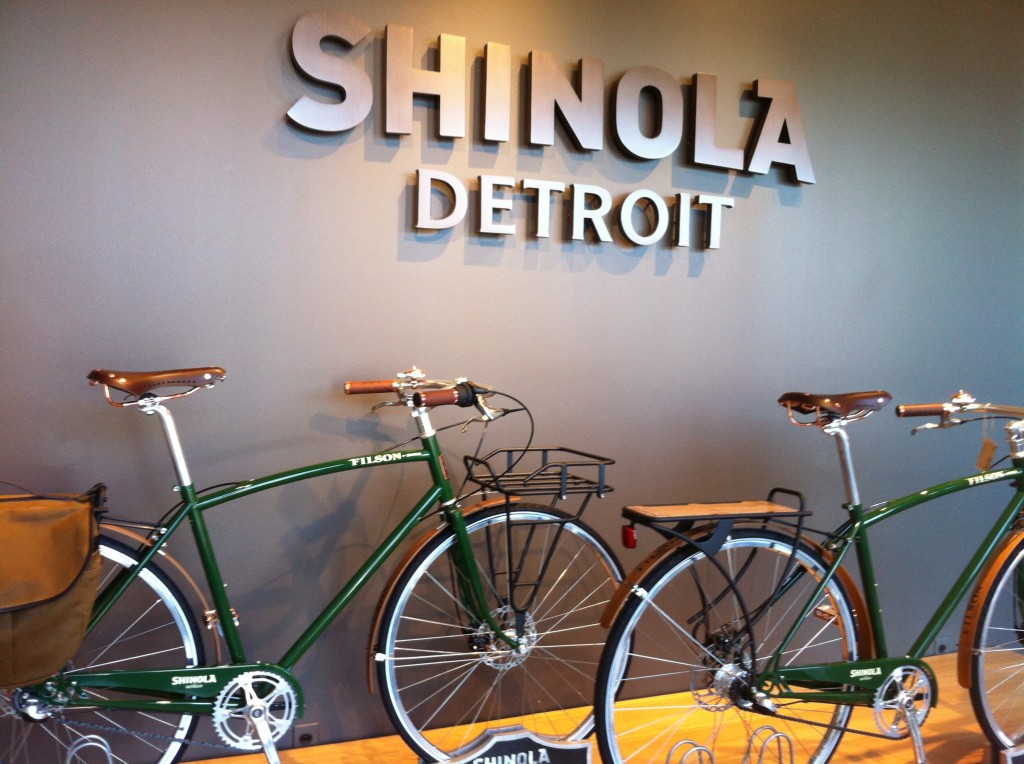
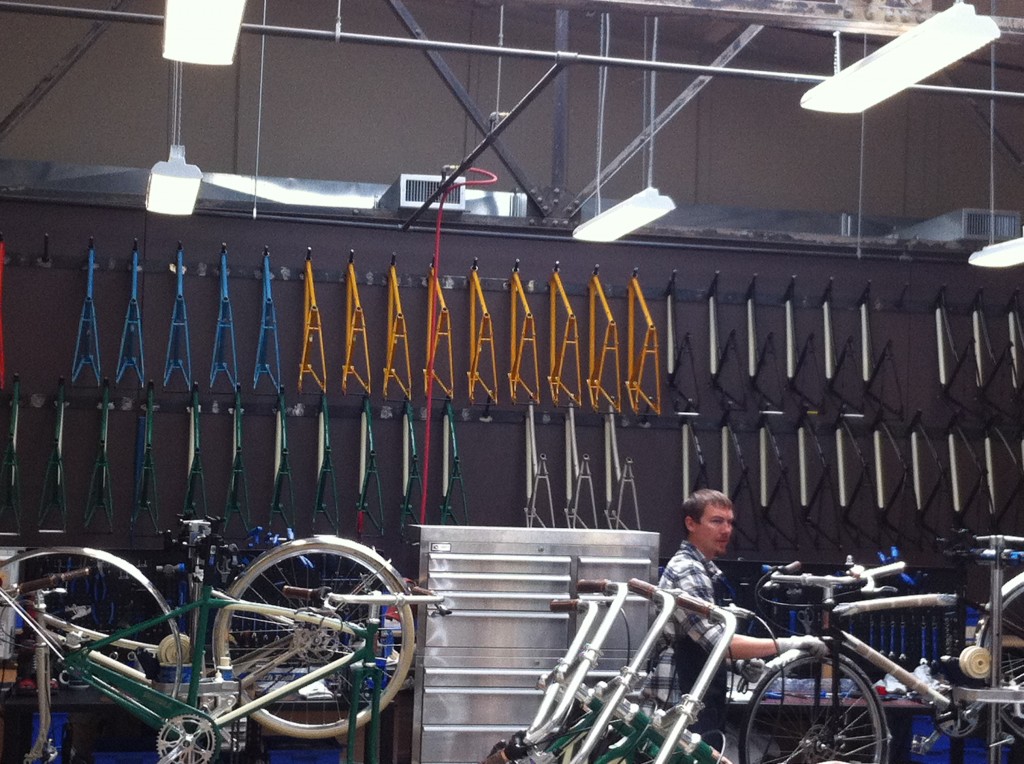
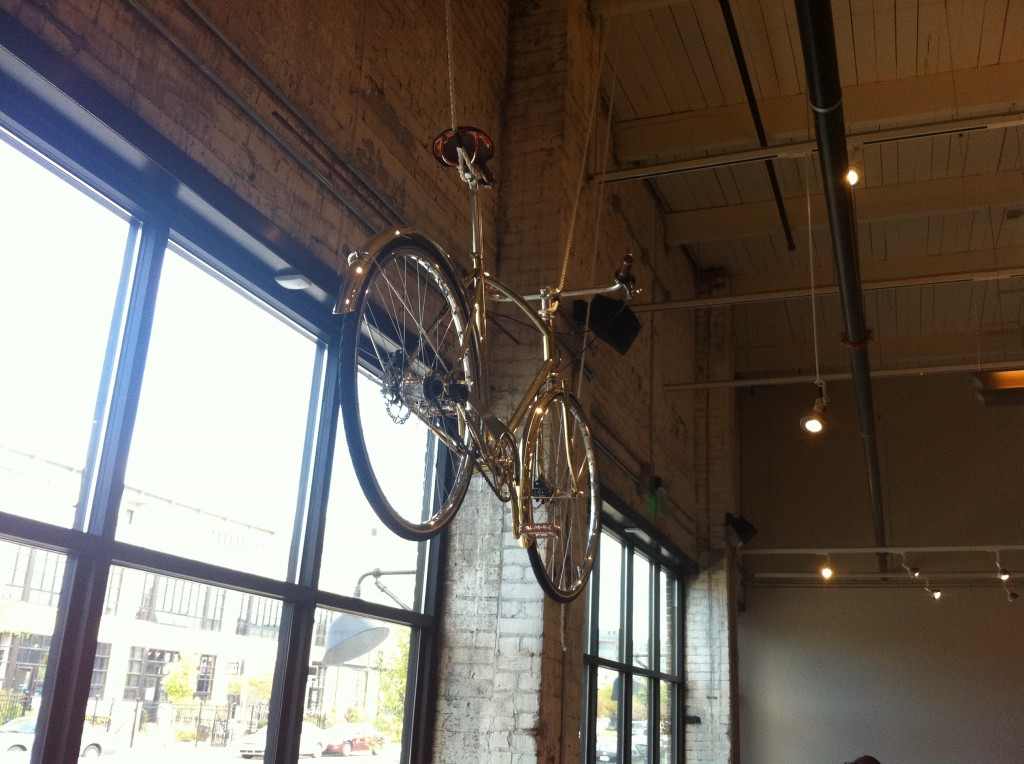
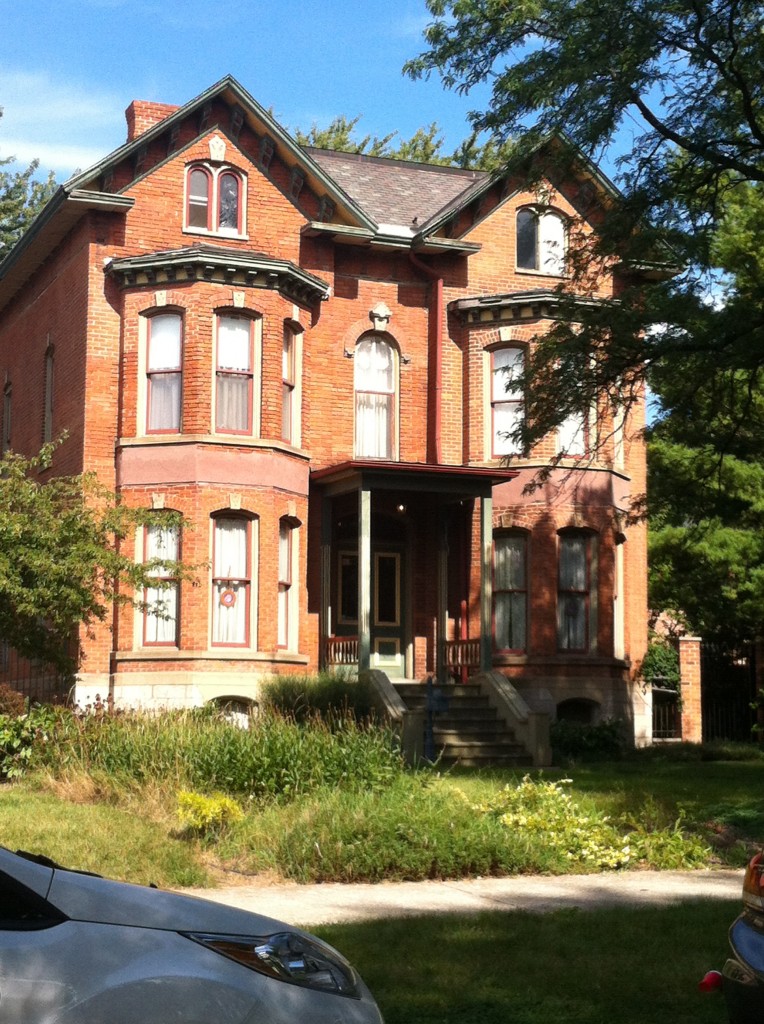
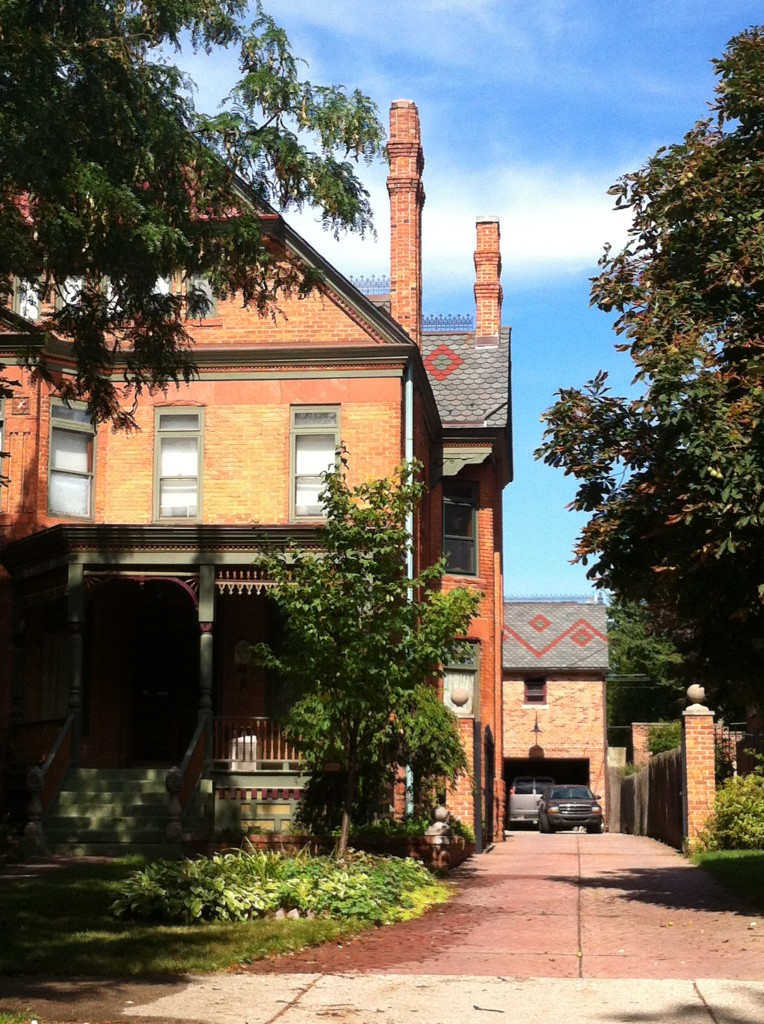
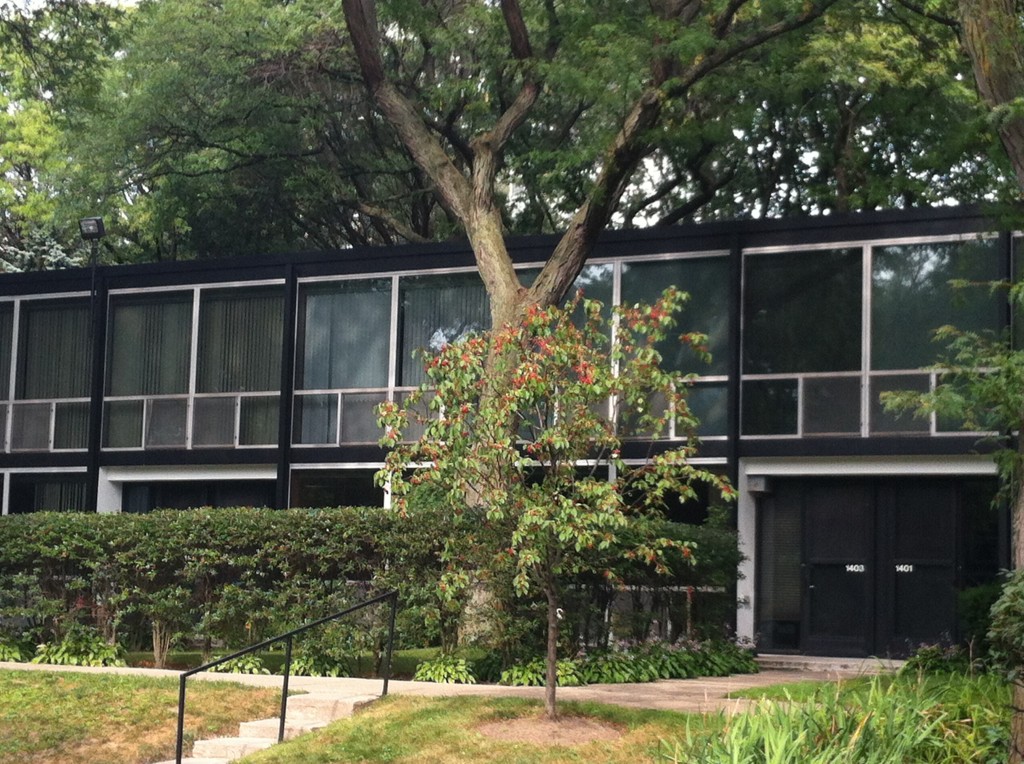
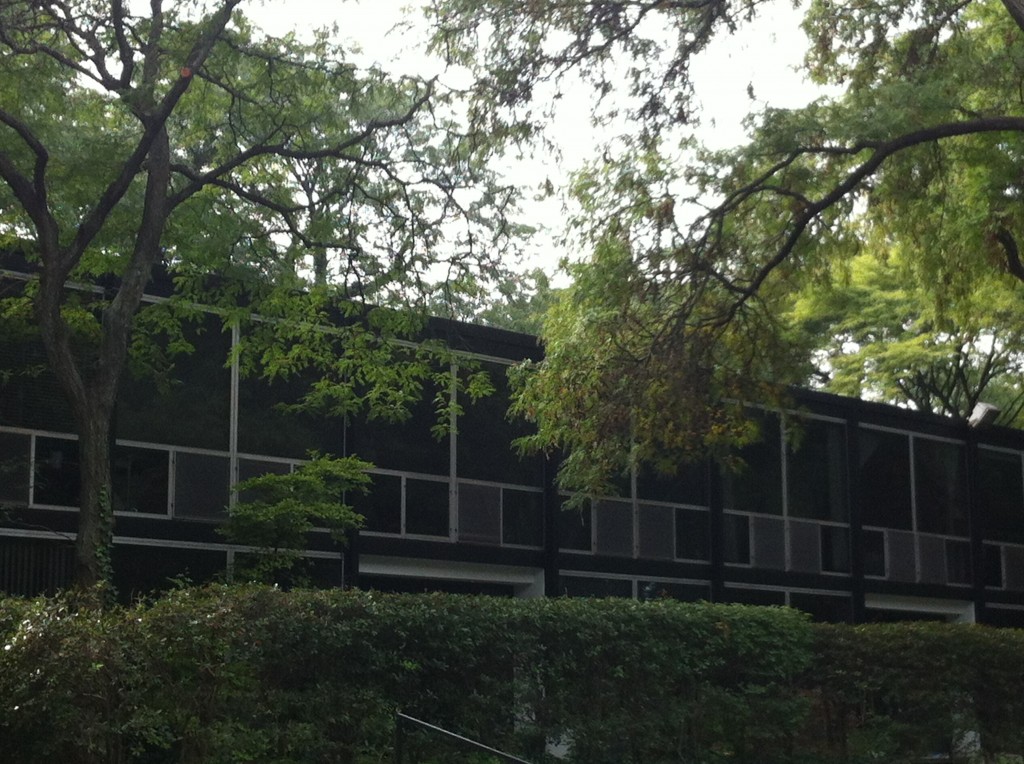
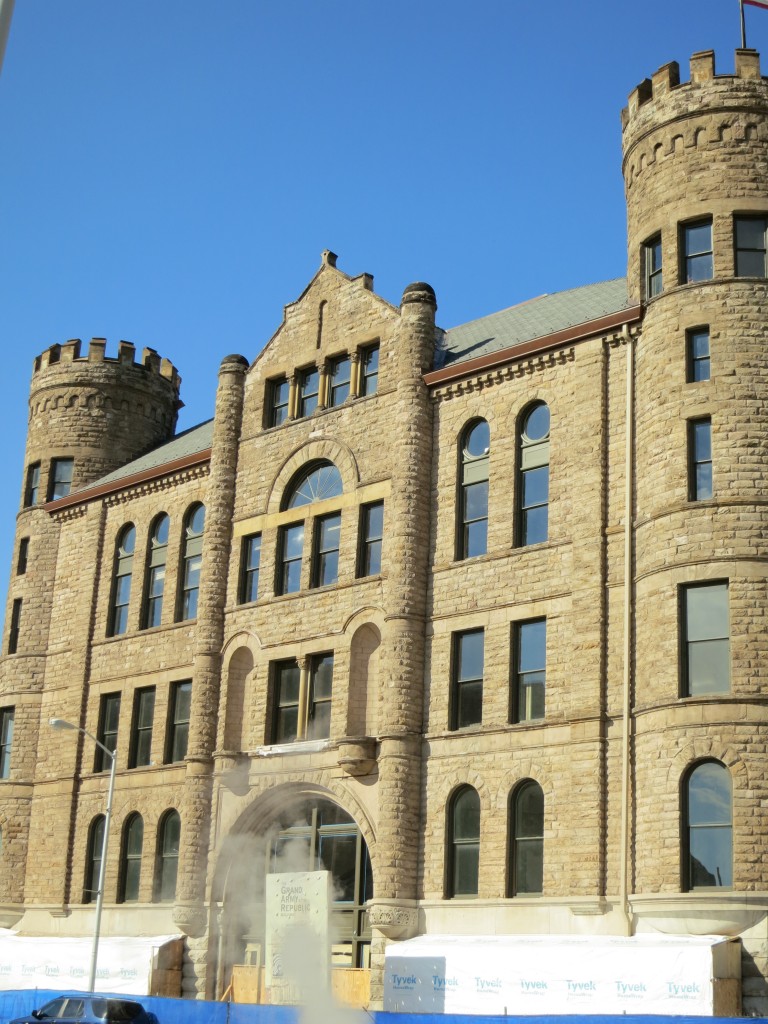
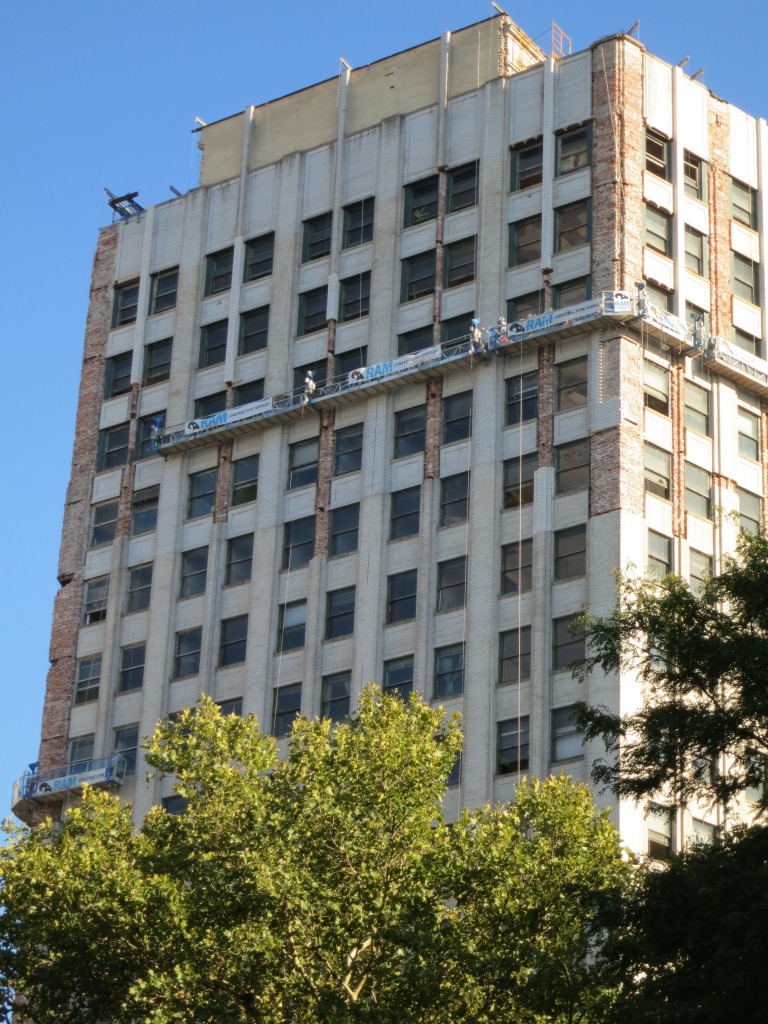
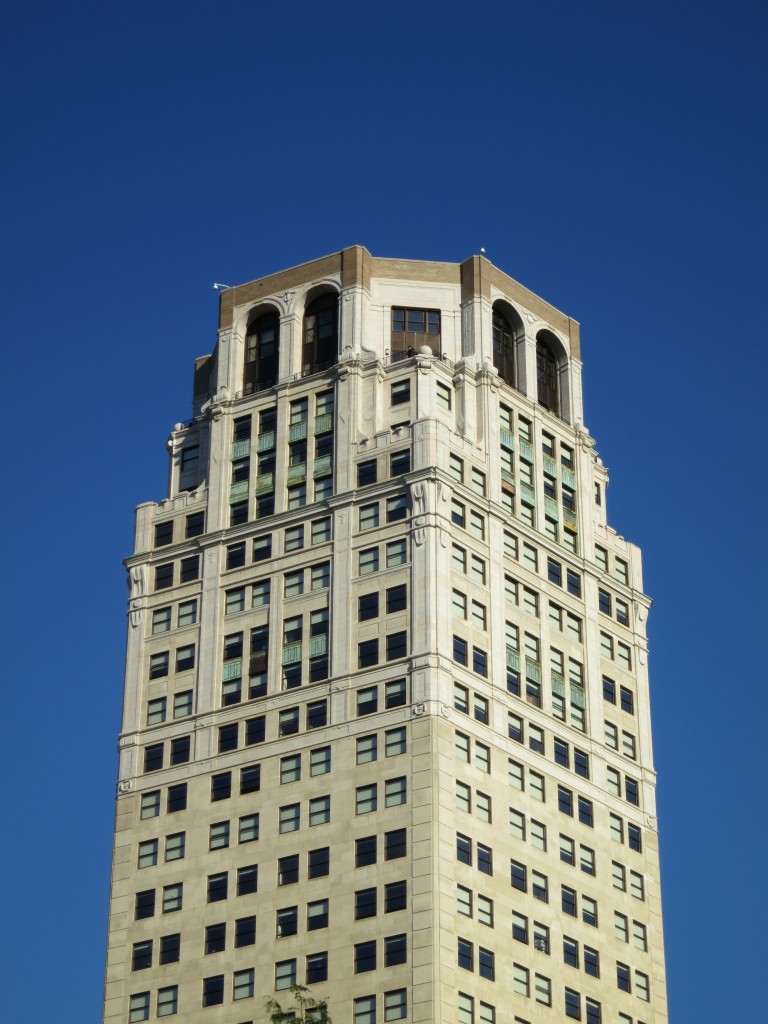
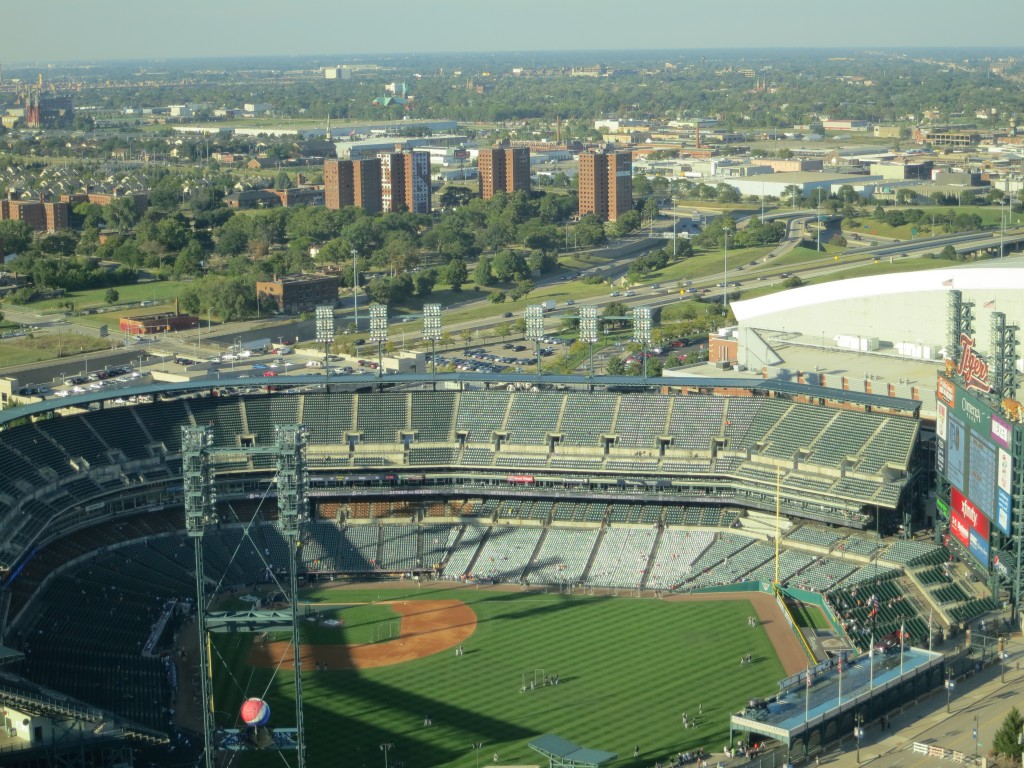
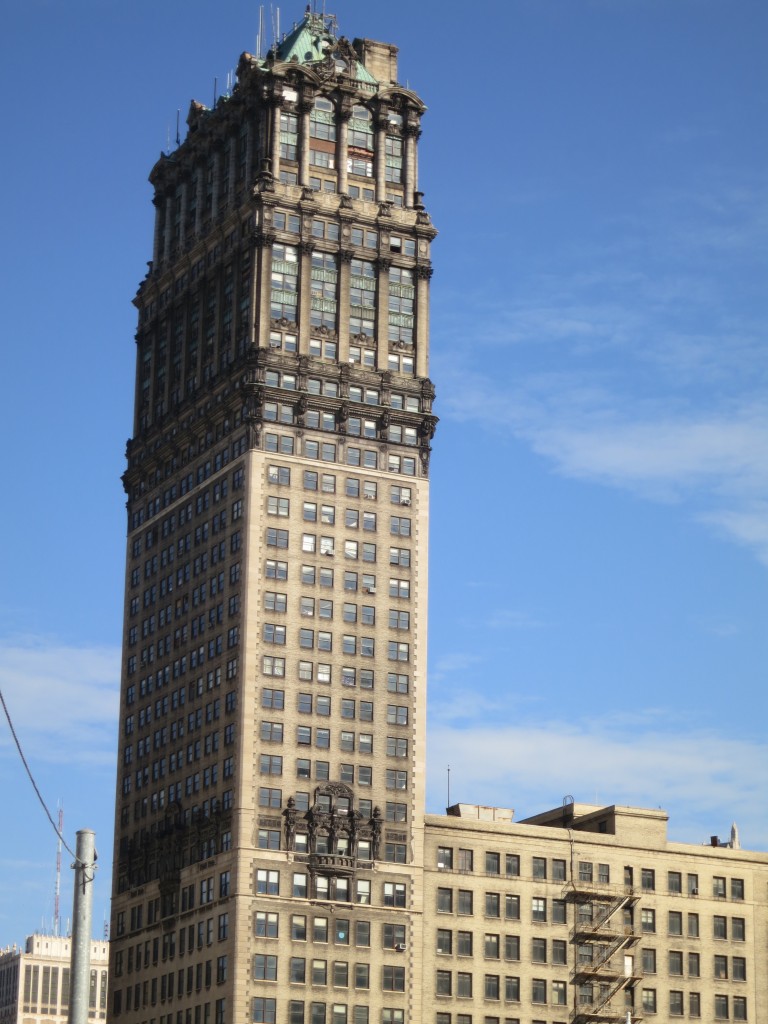
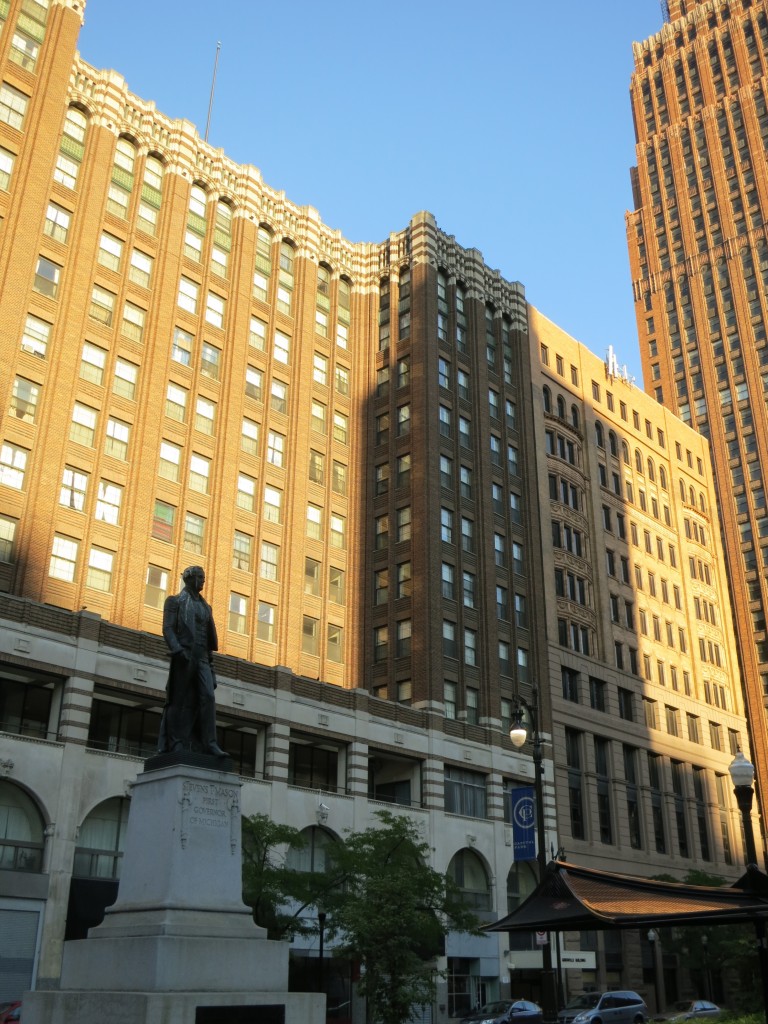
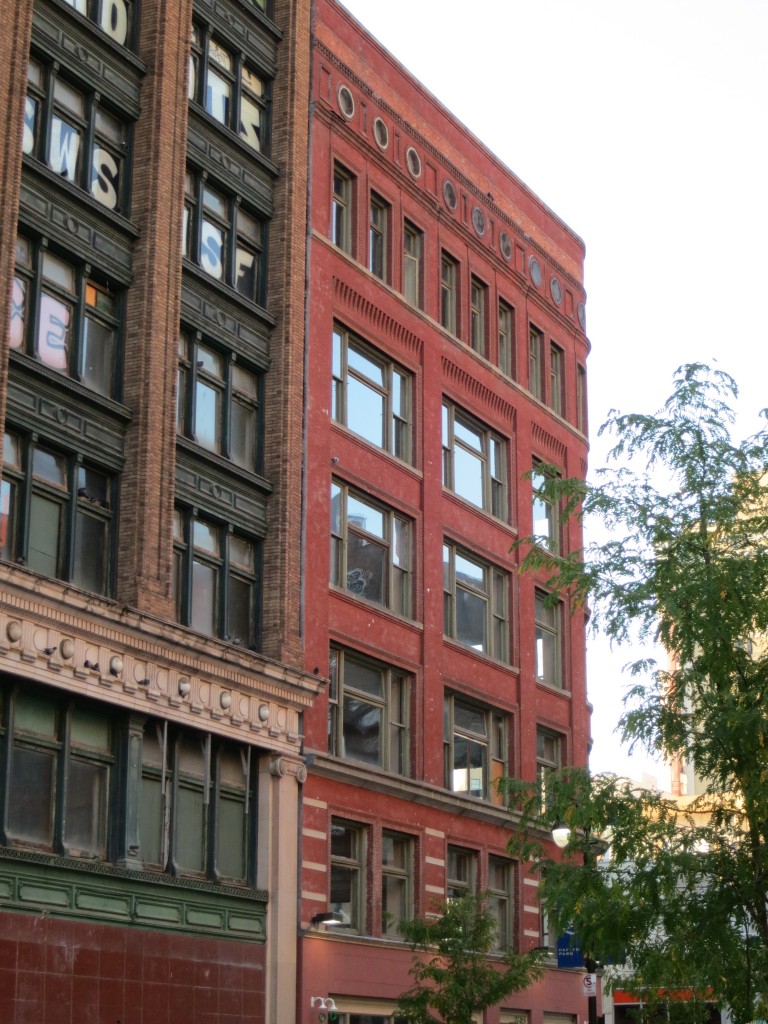
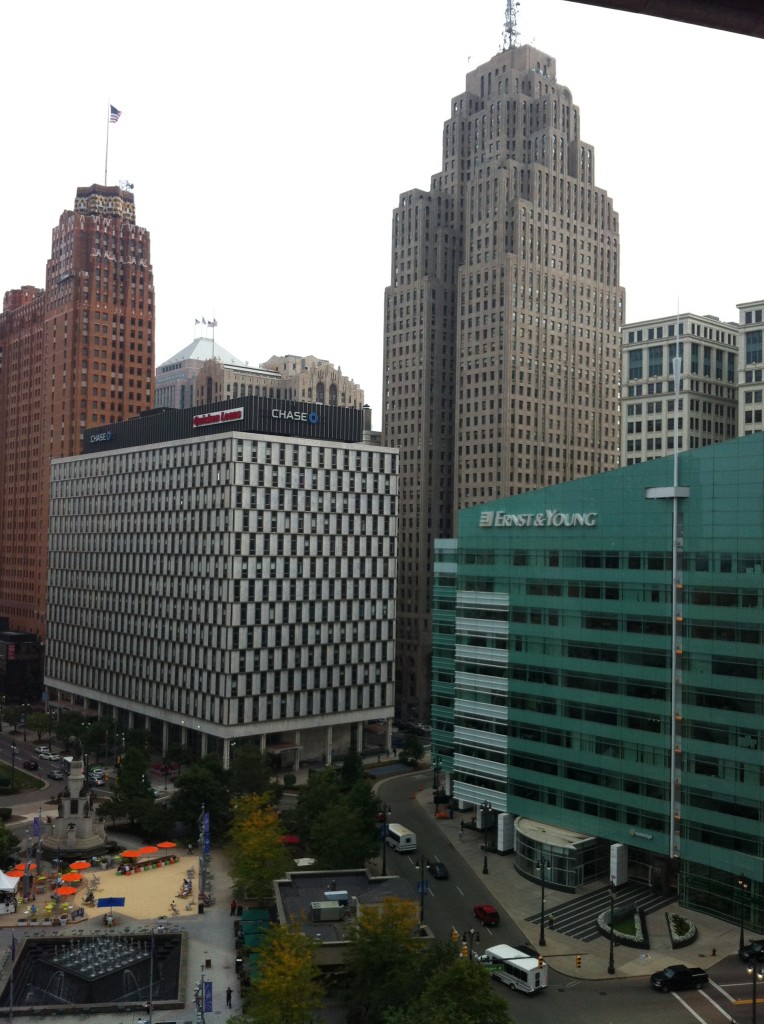
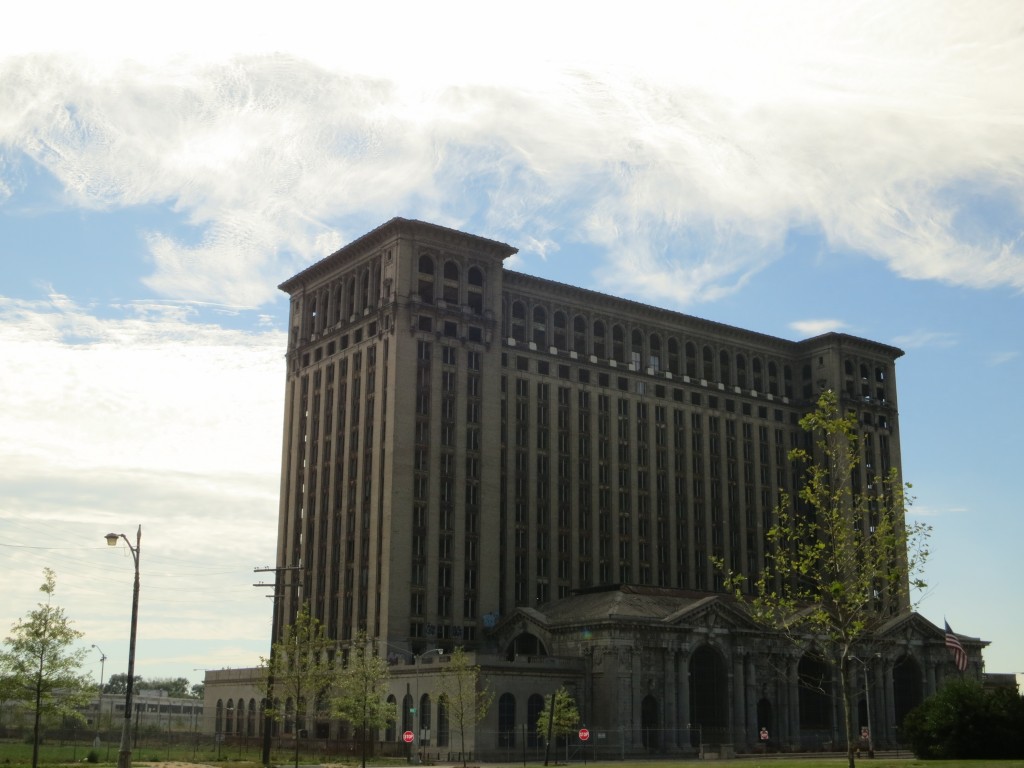
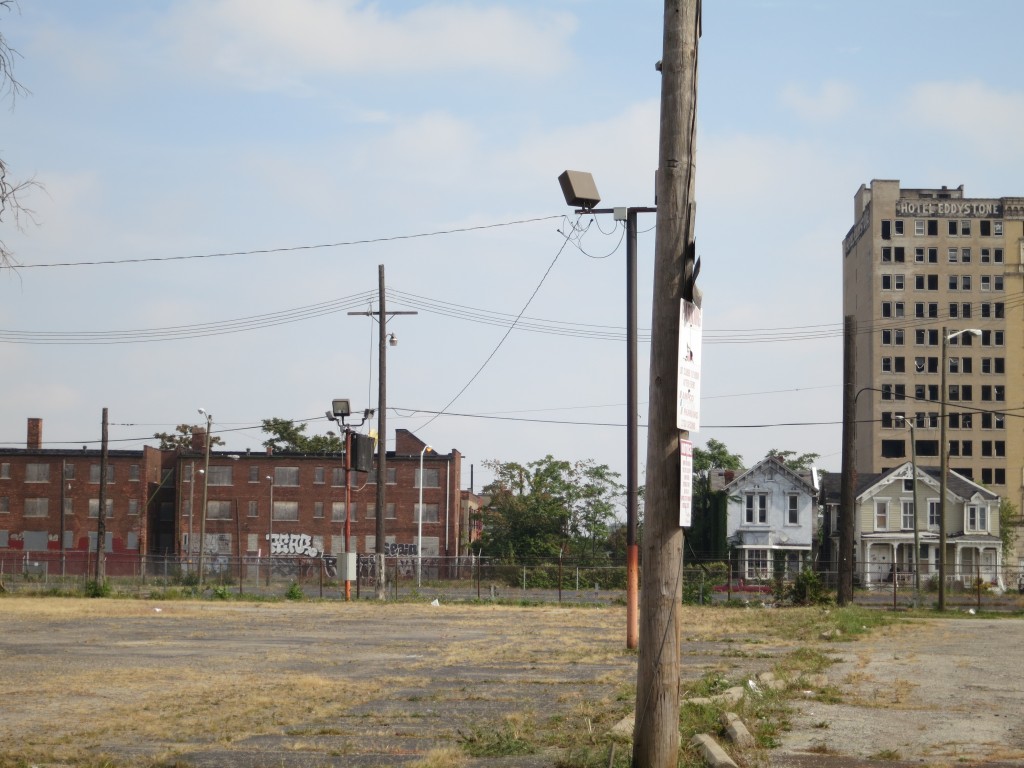
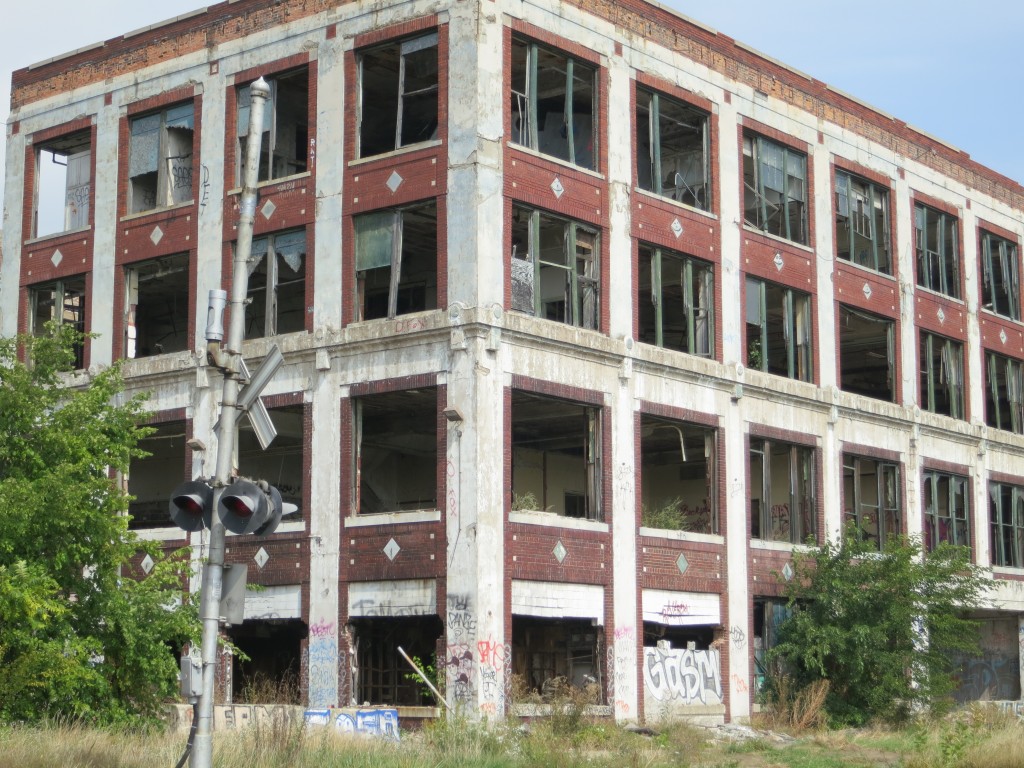
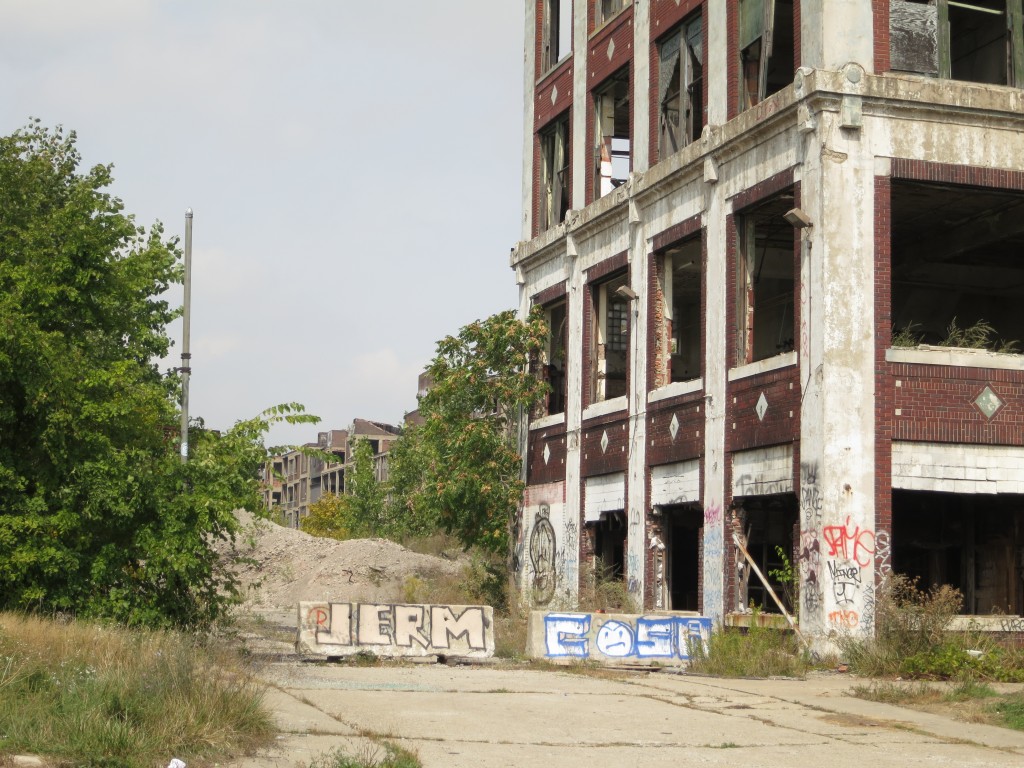
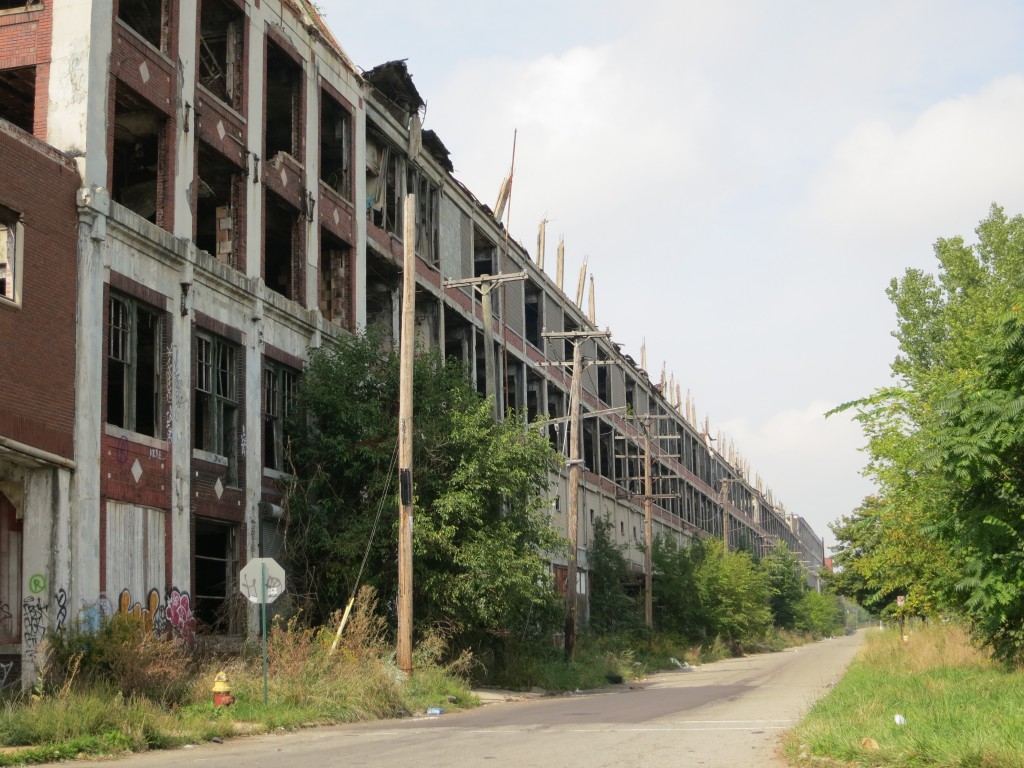
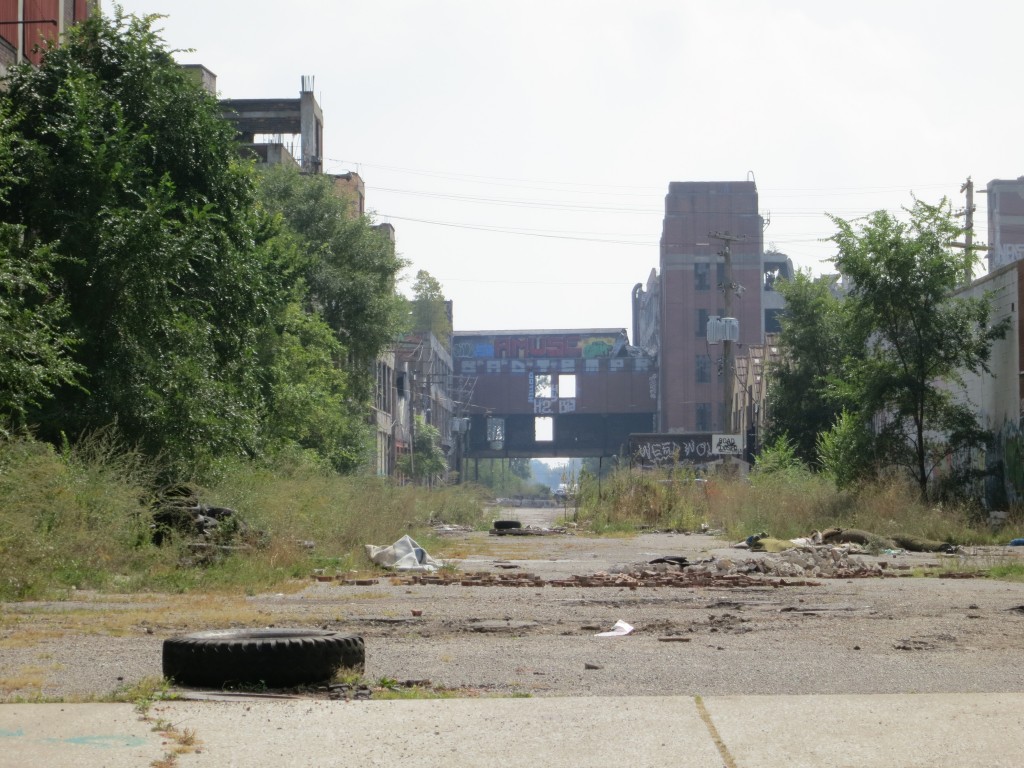
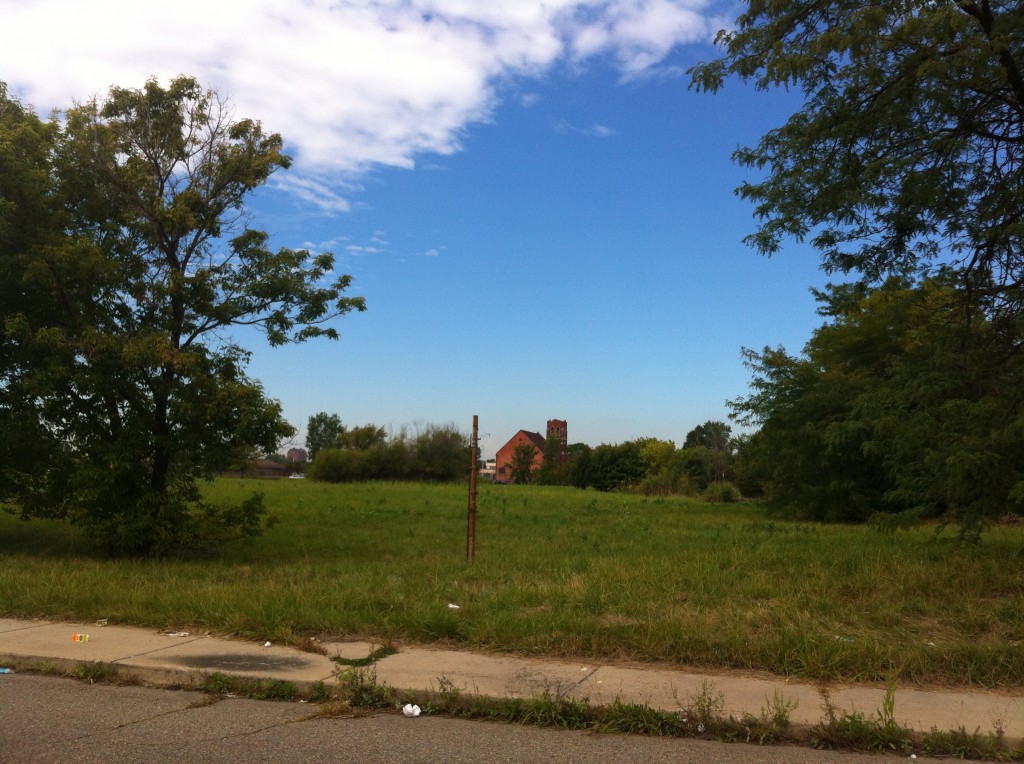
 Born in Baltimore and raised in Cincinnati, I have lived on both coasts and driven back and forth across the country a number of times. I now have the "midlife opportunity" to do so on two wheels.
Born in Baltimore and raised in Cincinnati, I have lived on both coasts and driven back and forth across the country a number of times. I now have the "midlife opportunity" to do so on two wheels.
Recent Comments